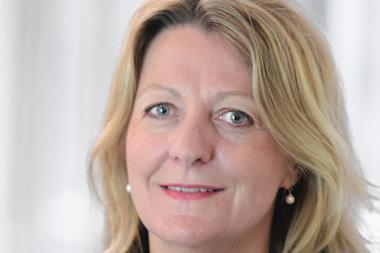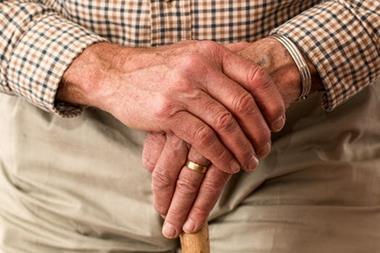Younger women in Denmark are on track to have larger pension pots than their male contemporaries by the time they retire – even though females retiring now are doing so on pension savings that are a fifth lower than men’s, according to data published on International Women’s Day by the Danish pensions industry association.
Kent Damsgaard, chief executive officer of Insurance & Pension Denmark (IPD), said: “Young women have overtaken men in higher education. With education also comes higher wages and greater job security.”
According to IPD, women currently reaching pension age on average have pension savings that are 22% lower than men’s, but women who started work in the last ten years – those born between 1980 and 1984 – will have larger volumes of pension savings than their male counterparts when they retire in around 30 years’ time.
Damsgaard said a historic upheaval was taking place, with women having lagged men in relation to salaries and pension assets ever since they really entered the job market in the 1960s.
“Women have changed their behaviour in the labour market. They are educating themselves more and more and overtaking the men. This is reflected in career patterns and salaries and therefore also in the pension wealth they build up,” he said, adding that this was “really positive”.
IPD’s analysis was based on employer-administered and private pension savings, using a data model from the Danish Research Institute for Economic Analysis and Modelling.
Meanwhile, on the day of the year used by some to focus on women’s rights, the Swedish Pensions Agency presented a less optimistic set of facts about the gender pensions gap.
The agency said women’s total pension was 31% lower than men’s, citing factors behind this such as female-dominated occupations often attracting lower pay than male-dominated ones, and women doing more part-time work and earning less per hour.
“Women earn less in working life. This means that women’s pensions are and will be lower,” it said in a statement on the topic released today.
Kristin Kirs, analyst at the Swedish Pensions Agency, said: “The difference between men’s and women’s pensions is being evened out, but it is slow.
“If wages and time worked were equalised overnight, with ten years left to retire, they would only receive ten years of equalised pension payments,” she said.
While the general (state) pension did even out the income gap between men and women when they retired, occupational pensions increased the gender pensions gap over the age of 65 by 14%, she said.
However, the pensions authority held up the possibility of evening out at least state pension benefits between men and women, if married couples took up the option of transferring their premium pensions – the defined-contribution part of the general pension - between themselves.
“In simple terms, the pension gap would disappear completely within the general pension if all men who have the opportunity were to transfer their premium pension to their spouse,” said Kirs.










No comments yet